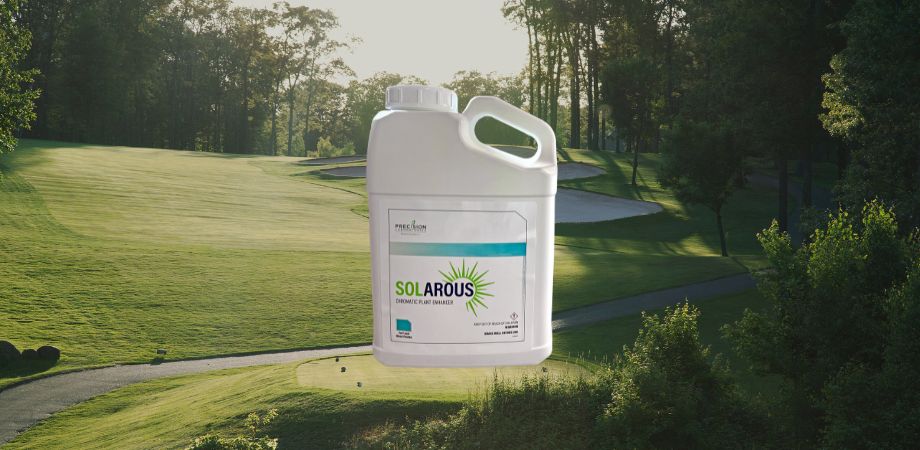The right program, practices, and cost-saving strategies can help golf course professionals make the most of their fungicide applications.
Fungicide Application Guidelines
Environmental conditions will provide a way for pathogens to appear on your course, and an effective fungicide program will help eliminate them. Effective fungicide programs follow these simple guidelines:
- Use a preventative program. Preventative programs target seasonal diseases in areas you know will get infected. An effective preventative program will help superintendents save money throughout the season, get ahead of issues, and free up time for them to manage other issues that need their attention.
- Rotate products with different FRAC codes. Using a demethylation inhibitor (DMI) for every application can lead to disease resistance and will essentially render DMIs useless in your program. Alternating between products and modes of action (contact/systemic) is essential.
- Use tank additives. Drift control and sticker/spreaders get more active ingredients on the plant, reducing the chance of misapplication. If you are riding on the low rate of a fungicide, a little drift can put you under the target and increase the chance of a problem.
- Adjust pH. Adjusting the pH of source water can promote effective herbicide chemistry. The addition of some Foliar-Pak products can buffer pH in addition to providing nutrition. Start by knowing the pH of your source water; Your ATS rep can help.
Cost-Saving Tips for Fungicide Programs
Fungicides can be expensive. Use these cost-saving tips to save money on your fungicide program this season:
- Have a tentative fungicide plan and start early. Stay ahead of the disease inoculum. Often, superintendents wait to begin their fungicide applications until they see an issue, and by that point, it will be too late and too costly to begin.
- Use the appropriate rates. Using the lowest rate does not always mean you are saving, per se. If the lowest rate only gives you 7-10 days of control, and you could use a higher rate at 14-21 days of control, go with the higher rate. Choose as much control as you can to avoid having to make repeat applications.
- Alternate new and old chemistries to keep costs down. Newer fungicides can offer excellent control, but they can also be expensive. Alternating between newer and older chemistries can help bring costs down.
- Track the classes of fungicide you are applying. Continuously using the same DMIs or succinate dehydrogenase inhibitors (SDHIs) can result in a pathogen becoming resistant—yet another reason to alternate chemistries.
- Use phosphites in your fungicide program. Phosphites help build disease and stress tolerance, which can save superintendents from having to make unnecessary purchases for pythium applications later in the season. Gold Standard has proven to be an effective phosphite at one ounce per thousand square feet at two-week intervals. Also, the amino acid component helps tank partners such as fertility and systemic fungicides act more effectively.
- Watch the weather and have an eagle eye when scouting for issues. Sometimes, applications can be stretched and can lead to saved time and saved cash. For example, if you watched the weather, checked for disease, and found that conditions were dry and cool and that disease pressure was not there, you might decide to skip that application. If you have a long history with a particular disease, though, it’s best not to skip an application.
For more advice on preparing for and making fungicide applications on your golf course, reach out to your ATS rep.












